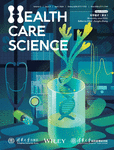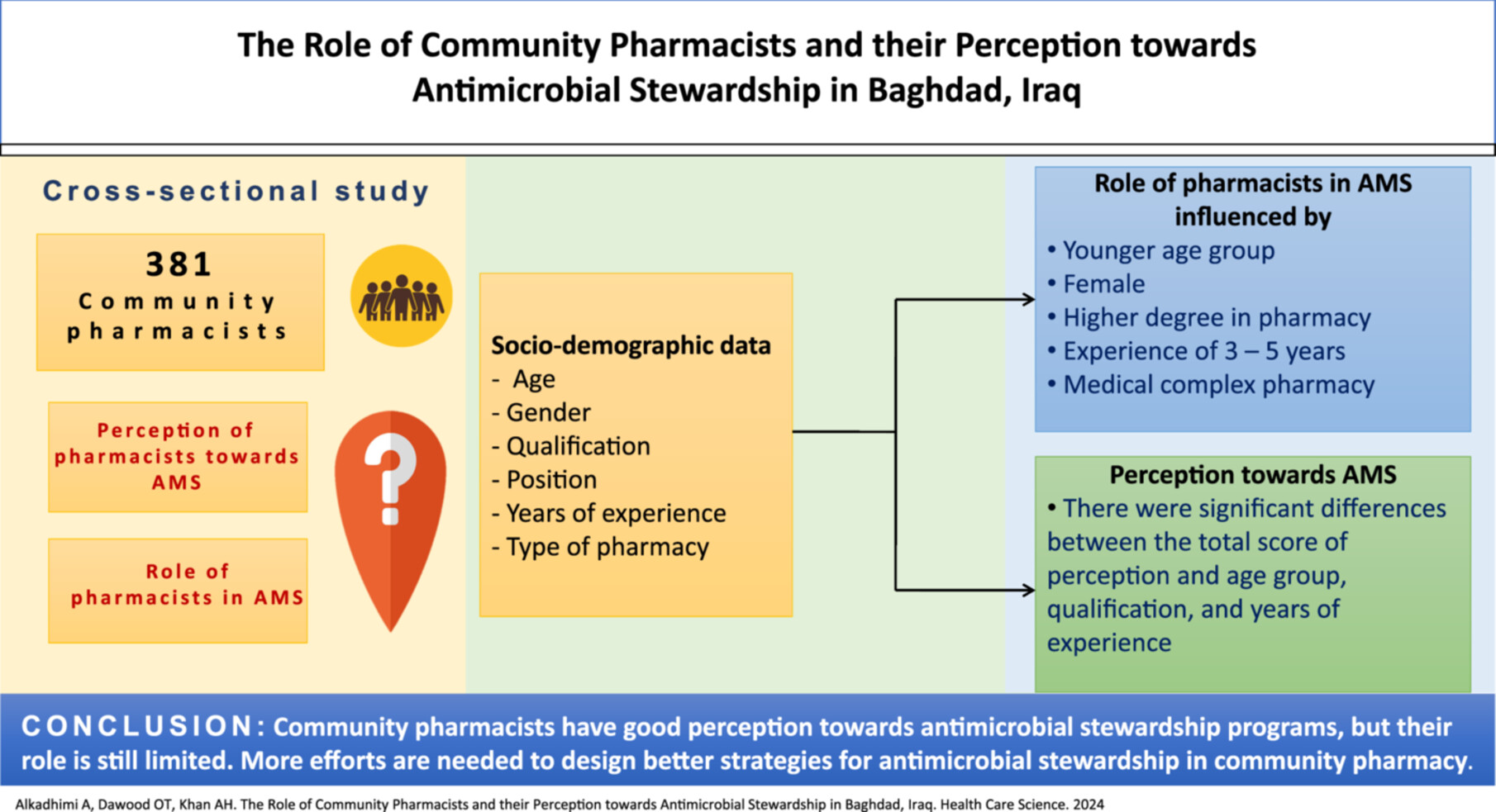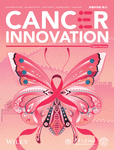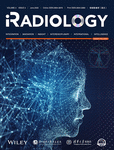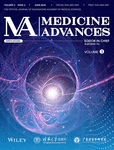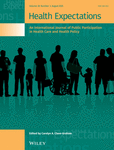Journal list menu
Export Citations
Download PDFs
ISSUE INFORMATION
EDITORIAL
Transformations in medical education: A prudential perspective
- Pages: 73-77
- First Published: 18 March 2024
ORIGINAL ARTICLES
Science, technology, and innovation in health for the next twenty years: A survey analysis in Colombia
- Pages: 78-87
- First Published: 18 March 2024
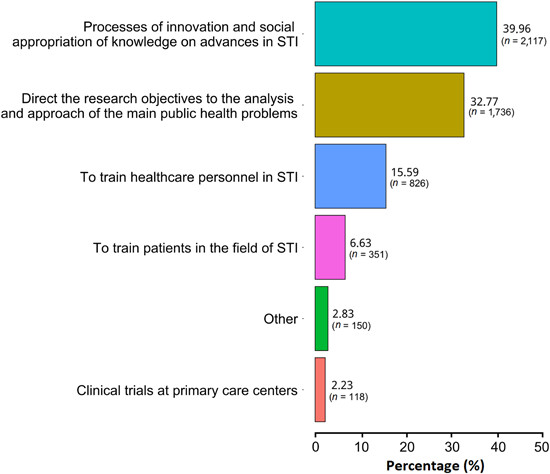
This study analyzes the opinions and perceptions of 5298 health and life sciences professionals and students regarding the main shortcomings for the correct development of science, technology, and innovation (STI) in the country. Our research is a pioneer in developing a national survey on health research and development issues, for the first time in the country's history. This technical study outlines a roadmap for the next 20 years, providing public policy recommendations for STI in health in a country like Colombia, which with over 50 million inhabitants and is still in the process of economic development.
The novel hierarchical clustering approach using self-organizing map with optimum dimension selection
- Pages: 88-100
- First Published: 11 April 2024

Data clustering is an important field of machine learning having applicability in wide areas, like, business analysis, manufacturing, energy, healthcare, and travel and logistics. Since no clustering method can address every clustering problem, a number of clustering algorithms with a variety of applications have been developed. Data clustering approaches based on self-organizing map (SOM) generally use the map dimensions (of grid) ranging from 2 × 2 (4 neurons) to 8 × 8 (64 neurons) without any explicit reason for using the particular dimension. Also these dimensions of SOM are not capable of giving optimized results because they lack concrete idea or logic behind using the particular dimension. Further, the number of neurons (microclusters) in the above approach is extending from 4 to 64, or any arbitrary value. Therefore these algorithms have to again use some secondary approaches to map these microclusters into the lower dimension (actual number of clusters) like 2, 3, or 4, as the case may be, based on the optimum number of clusters in the specific data set. Additionally, it is discovered that this secondary approach, observed in most of the works, is not SOM and, is an algorithm, like, cut tree or the other. In the current article, the proposed approach is elucidating a logic that will give an idea to select the most optimized dimension of SOM for the given data set. Then this optimum dimension is again clustered into the lower actual dimension. Also, primary and secondary, both approaches utilize the SOM itself to clusterize the data. It is also discovered that the weight matrix of SOM is useful in finding the best suitable dimension for the specific data set. It is to be noted that the optimized two-dimensional configuration of SOM is not the same for every data set, and this work also tries to discover this configuration. The current work proves that SOM is superior to any other clustering approaches, like, k-means or the other, and could be used successfully to clusterize all types of data sets. Seven data sets from diverse domains like medical, biological, and chemical are tested in this work, including the synthetic data sets. The adjusted randomized index obtained on the Iris, Wine, Wisconsin diagnostic breast cancer, New Thyroid, Seeds, A1, and Imbalance is, respectively, 0.7173, 0.9134, 0.7543, 0.8041, 0.7781, 0.8907, and 0.8755, which outperforms all other results on each of the data sets available on the web. The main aim of the current work is to explore the data of the medical domain but to clarify our approach, the algorithm is tested on the data of nonmedical domain and observed excellent results on them also.
Socioeconomic support, quality of life, and prognosis of frailty among the older adults
- Pages: 101-113
- First Published: 25 March 2024
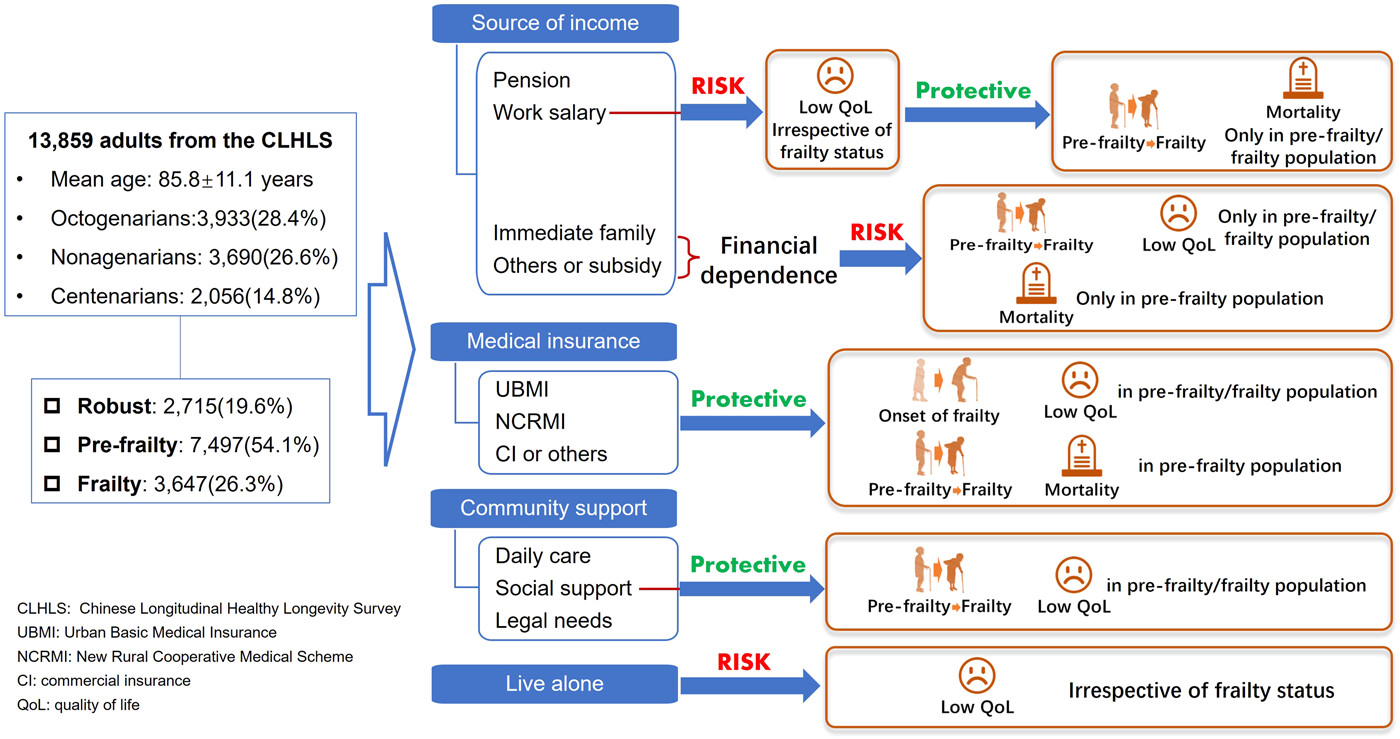
Based on the largest cohort of the longevous Chinese, the present study comprehensively evaluated the impacts of main contributors of socioeconomic support on the quality of life and prognosis of frailty. The prefrail and frail population were vulnerable to socioeconomic support and more sensitive to it than the robust population. Continuing to work at the advanced age was the risk factor of low quality of life but was the protective factor of worsening of prefrailty and survival. In sum, the present study provides evidence about socioeconomic support and prognosis of frailty for the clinical guidelines and policy makers. Frailty-preferential policies on financial and social support and medical insurance should be developed.
The role of community pharmacists and their perception towards antimicrobial stewardship in Baghdad, Iraq
- Pages: 114-123
- First Published: 11 April 2024
REVIEWS
The importance of public engagement in clinical xenotransplantation
- Pages: 124-130
- First Published: 25 March 2024
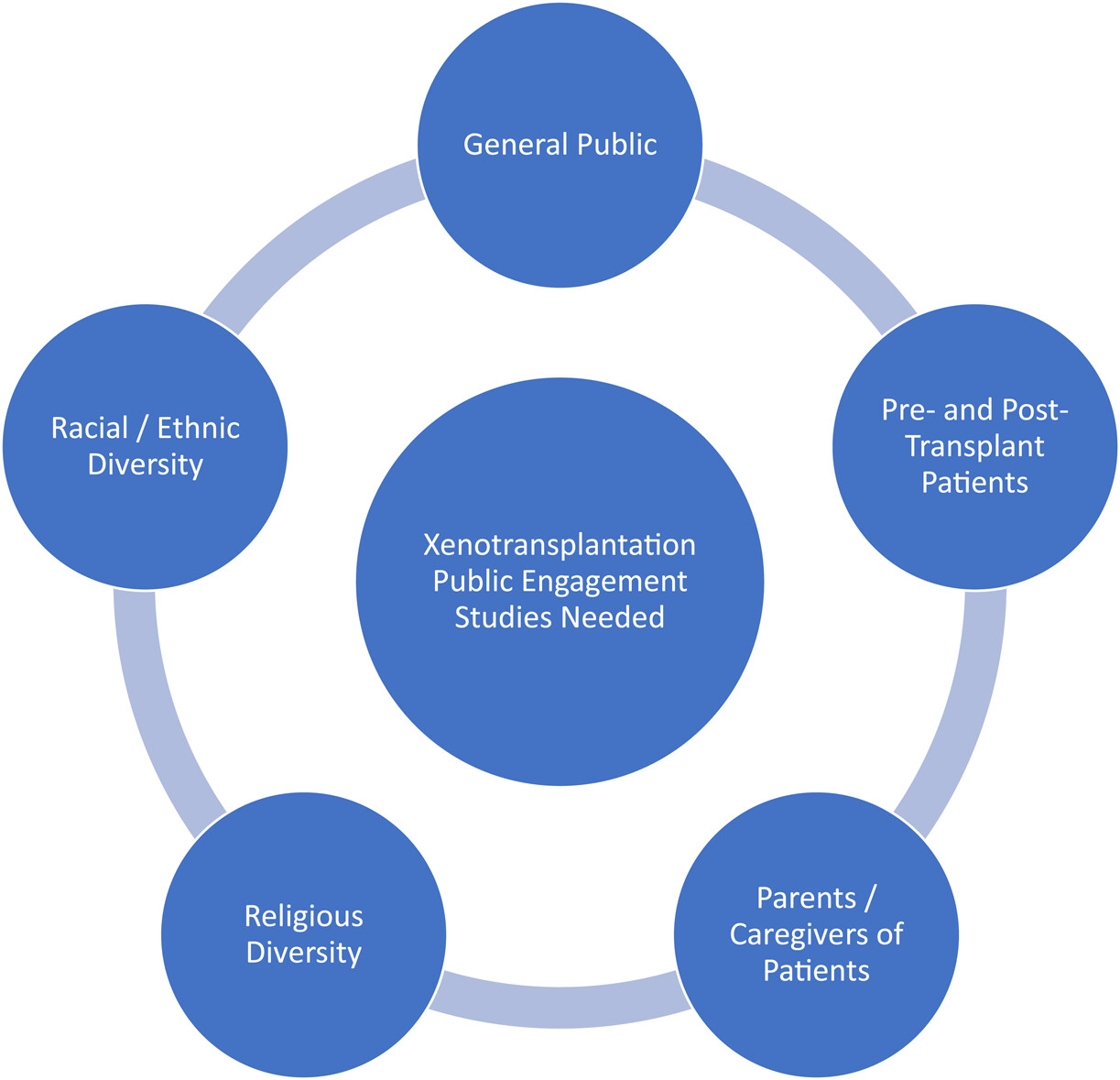
Xenotransplantation (cross-species transplant) of pig-to-human organs is moving ahead toward clinical trials in the United States. However, little is known about how the public and, specifically, certain patient populations feel about this novel therapy. This paper explores the literature on public viewpoints toward xenotransplantation and offers ways to advance the field toward a more equitable and inclusive future.
Building sustainable capacity for better access to diabetes care in low-resource settings: A critical review of global efforts and integrated strategies
- Pages: 131-139
- First Published: 25 March 2024

The alarming state of global insulin access in low resource settings presents a major barrier to diabetes care for patients living with diabetes. A comprehensive review of these challenges is lacking at the global level. To address the weakness, enhance affordability and build capacity for a more sustainable approaches to scaling up access. This review analyzes the specific issue of inconsistent access to insulin in low and middle-income countries. By this analysis, we mapped the scope and intensity of the issue and identified innovative and integrative strategies to increasing and securing accessibility.




